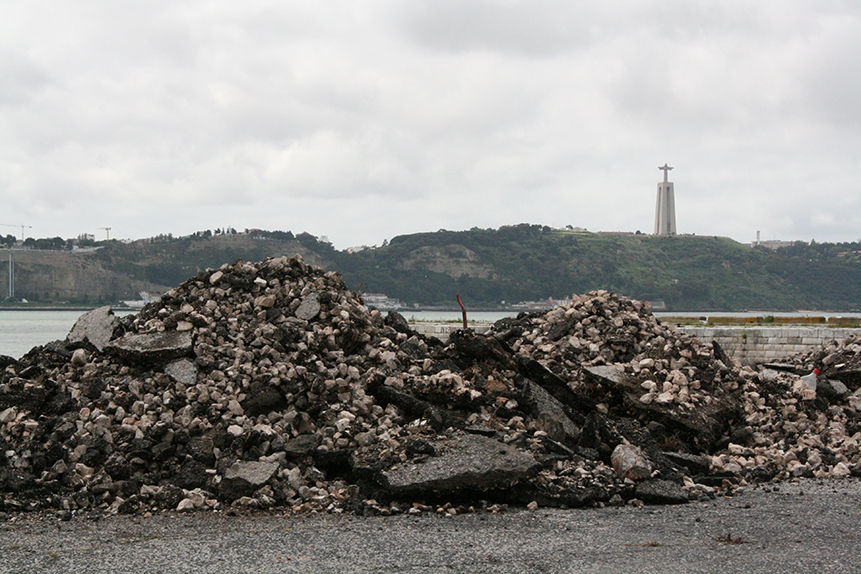
© Leonor Cardoso
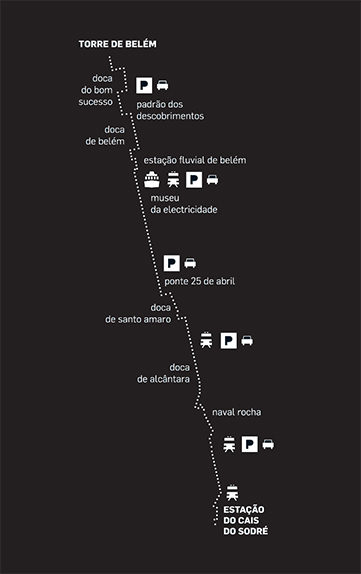
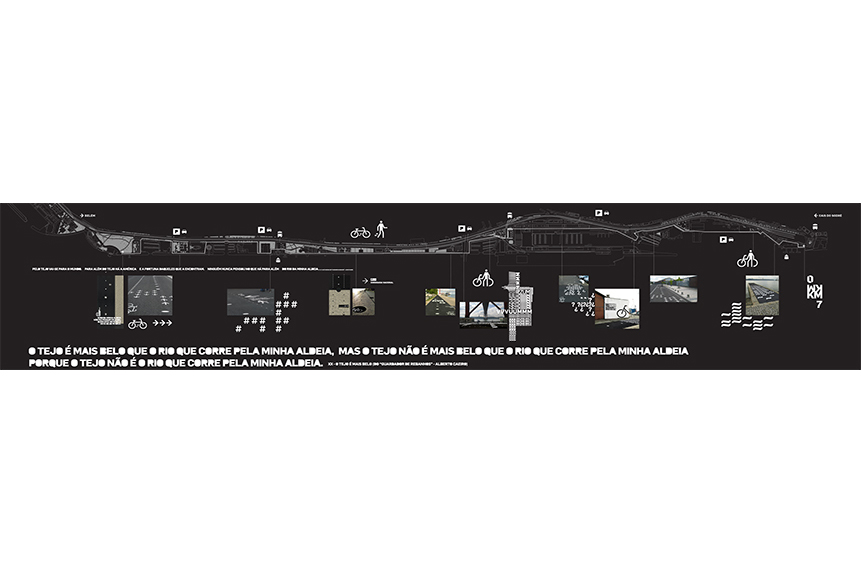
Path
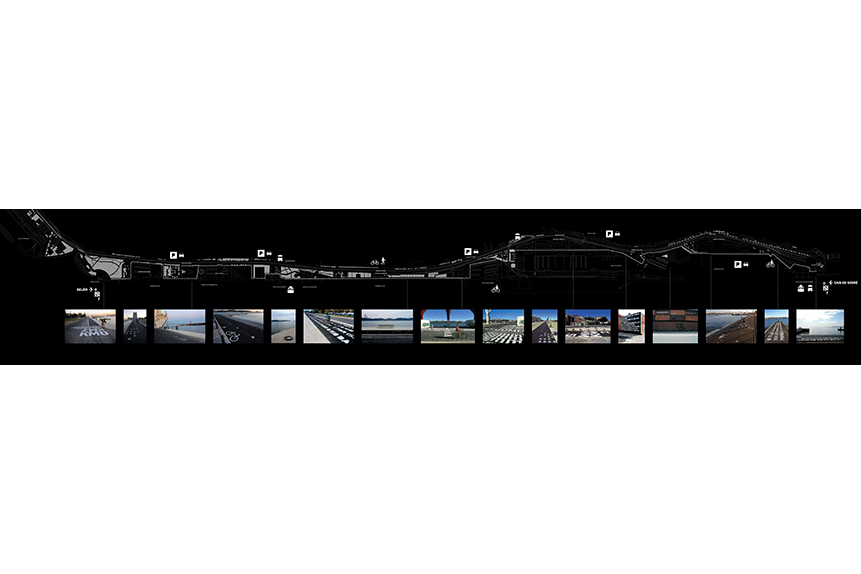
Path&Interaction
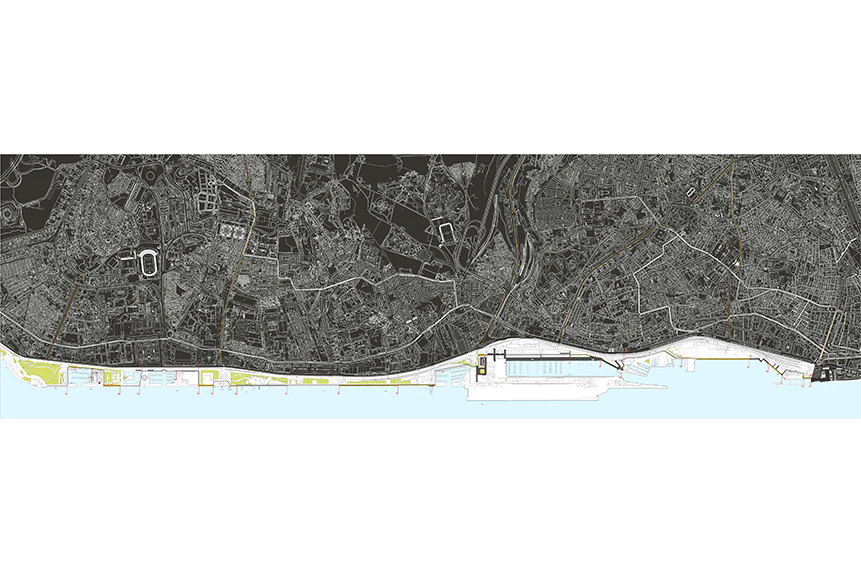
Masterplan
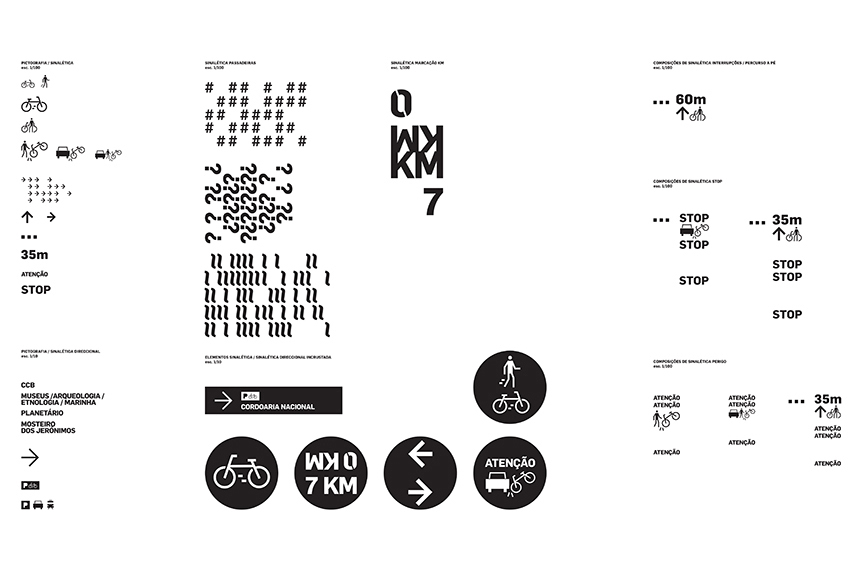
Graphic
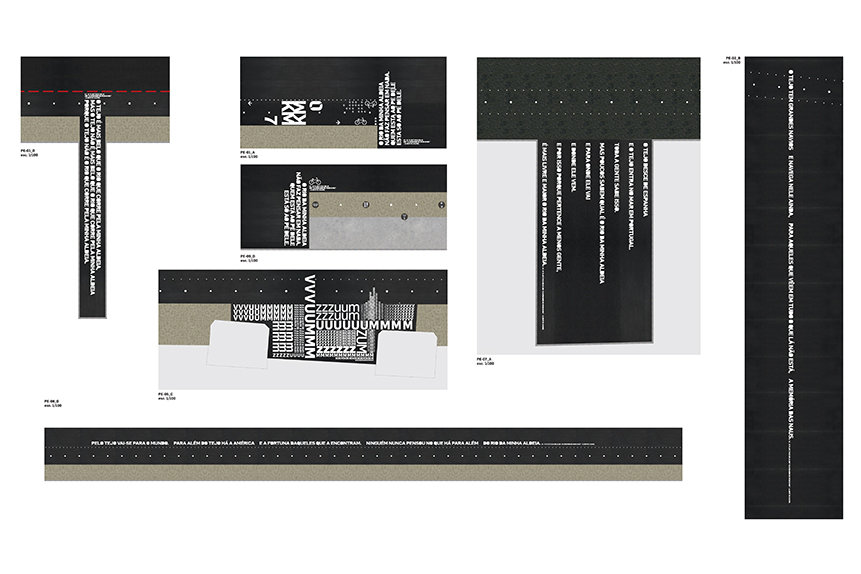
Surfaces
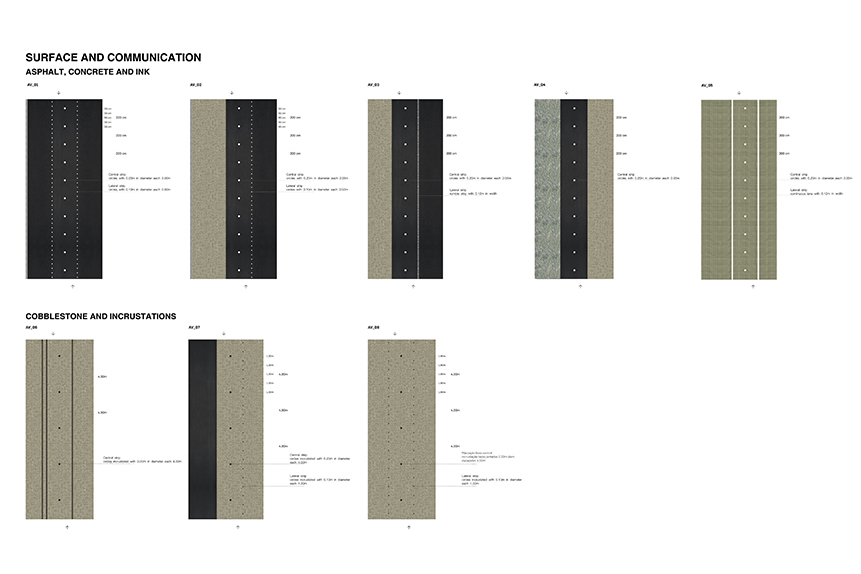
Surfaces

© Leonor Cardoso
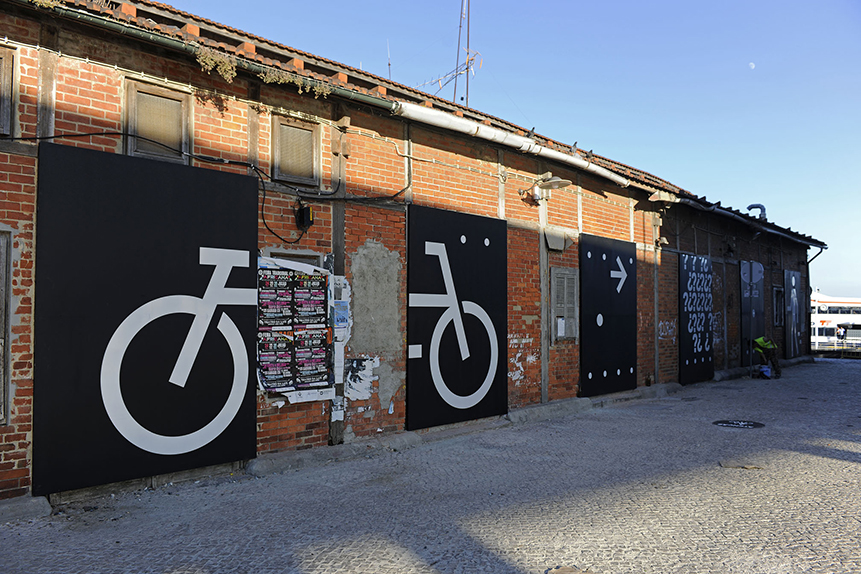
© João Silveira Ramos
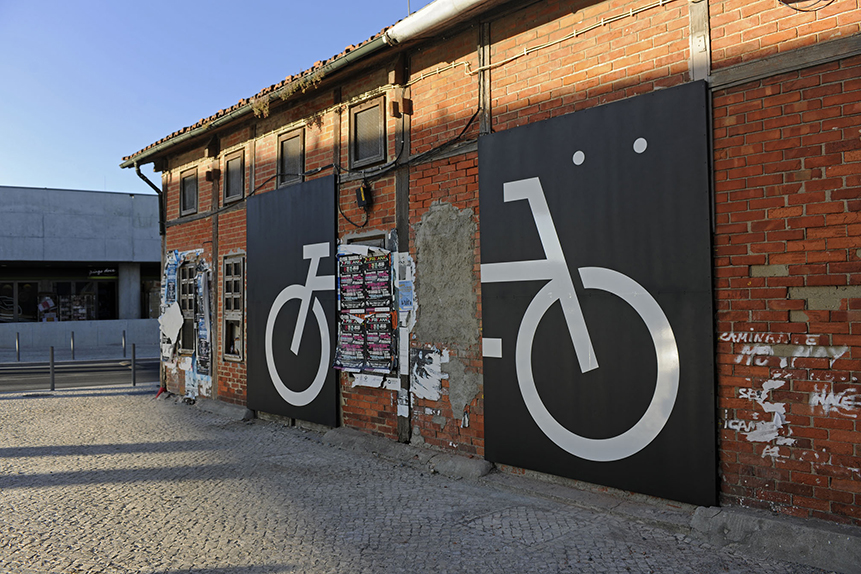
© João Silveira Ramos
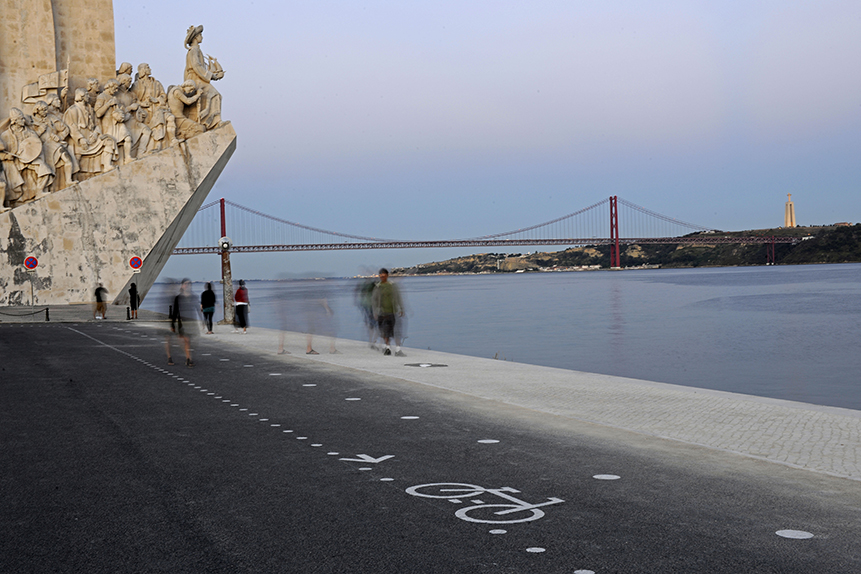
© João Silveira Ramos
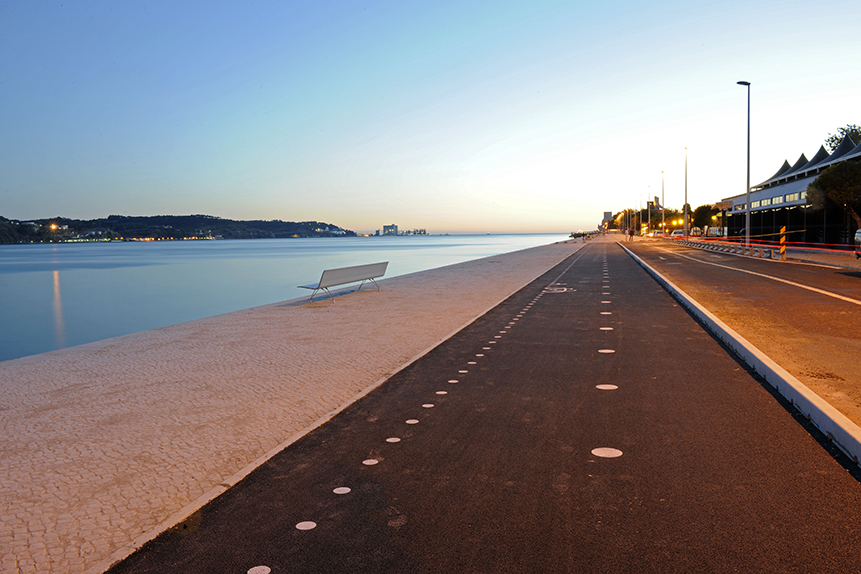
© João Silveira Ramos
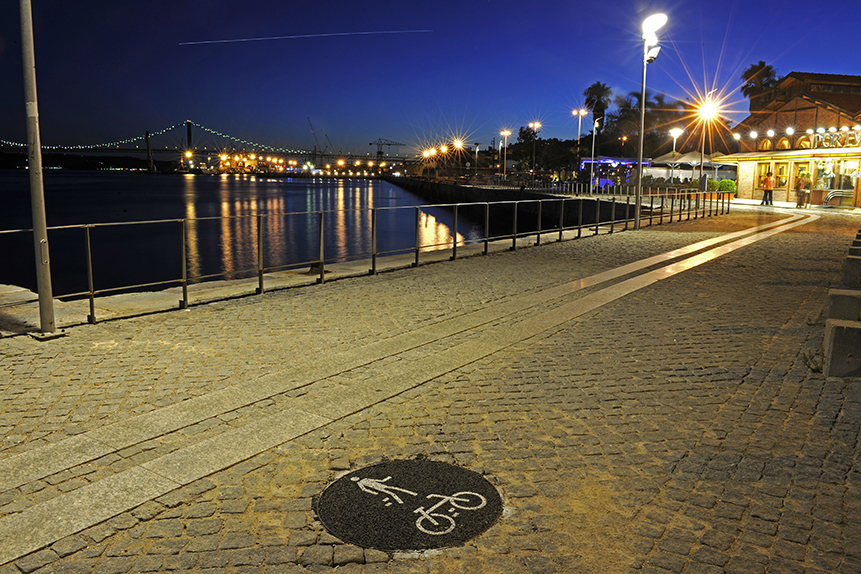
© João Silveira Ramos
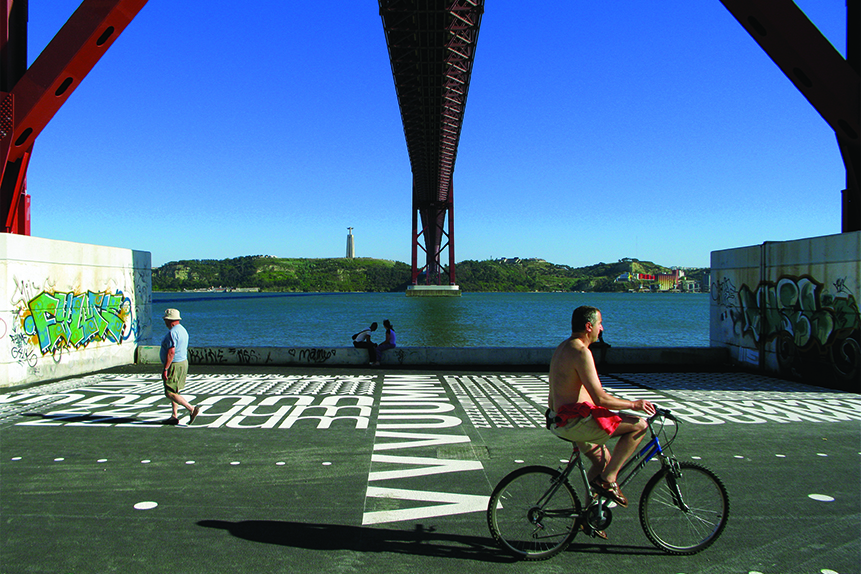
© João Silveira Ramos
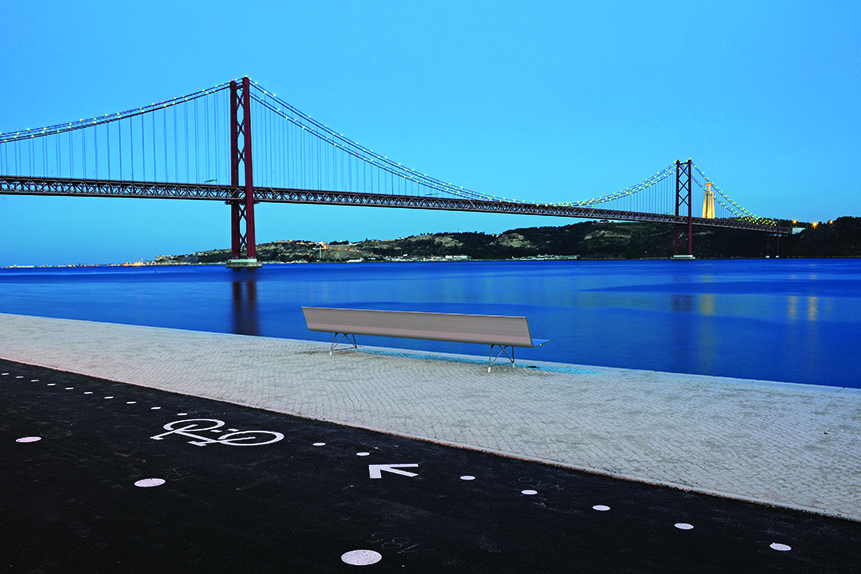
© João Silveira Ramos
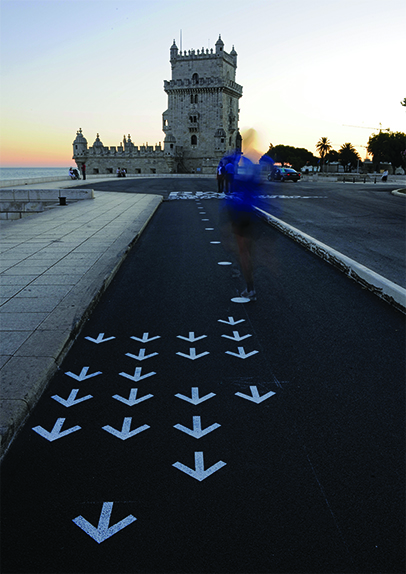
© João Silveira Ramos

© João Silveira Ramos
BICYCLE PATH CAIS DO SODRÉ – BÉLEM | LISBON | PORTUGAL
with P06 Atelier
‘O Tejo é mais belo que o rio que corre pela minha aldeia,
Mas o Tejo não é mais belo que o rio que corre pela minha aldeia
Porque o Tejo não é o rio que corre pela minha aldeia.
O Tejo tem grandes navios
E navega nele ainda,
Para aqueles que vêem em tudo o que lá não está,
A memória das naus.
O Tejo desce de Espanha
E o Tejo entra no mar em Portugal.
Toda a gente sabe isso.
Mas poucos sabem qual é o rio da minha aldeia
E para onde ele vai
E donde ele vem.
E por isso, porque pertence a menos gente,
É mais livre e maior o rio da minha aldeia.
Pelo Tejo vai-se para o Mundo.
Para além do Tejo há a América
E a fortuna daqueles que a encontram.
Ninguém nunca pensou no que há para além
Do rio da minha aldeia.
O rio da minha aldeia não faz pensar em nada.
Quem está ao pé dele está só ao pé dele.’
Alberto Caeiro
Bicycle Path_A Track Printed On The Memory
The project is part of a vaster strategy of a cycling network which is being developed by the municipality of Lisbon. However, the relation with the city’s harbor and the river Tagus sets forth an unique identity for this particular route. The heterogeneity of spaces and environments, the proximity or crossing of several industrial and monumental sites drive us to approach this place with caution and sobriety and, to determine exactly what is the space through which this route wanders about.
There are conflicts because of the presence and characteristics of so many different surfaces associated with so many contexts which, on the other hand, have an important role in the construction of city’s image and memory and its relation with the river. This acknowledgment took us to pursue a careful study of the successive layers and covers which were accumulated on the river bank in order to find a common ground and to produce a clearer and intenser image.
The design lays down a reversible bicycle trail over the memory of the river bank, the city and the river itself in order to minimize conflicts with other mobility modes and to imprint an unmistakable route.
The strategy first lined out by the municipality is accepted totally and with rigor. In addiction the project interprets the clarity of its linear form with a system of signs, impressions and incisions on the vast mosaic of preexisted or introduced surfaces.
Communication, movement and experience become space attributes for the riparian city borders.
Bicycle Path_Graphic and environmental project for a Lisbon bikeway
This lane runs along the river Tagus, in Lisbon, and with its 7362 meters it crosses different urban spaces each one demanding different solutions. The goal was to define a new urban environment beyond the bikeway, in order to improve this area along the river.
The selection of compatible and existing materials was considered to make clear the readability and use of the new system. The coating materials added are used to strengthen the material unity that characterizes the space, creating a smooth and adherent surface resembling the Portuguese basalt pavements.
In white paint, all the signs, symbols and words, establish boundaries, guidance and info. The plan tell us a story, take us, guide us and seduce us along this route. As we pass by, points of interest are revealed, touristic, cultural and natural ones, as some useful signage for transports, stops or break points.
Over estabilized pavements, graphic “incisions” were made, in order to preserve the existing surface, consisting of circles and polygons made of metal, filled with asphalt, making an everlasting system of signs.
Its in the use of Alberto Caeiro’s poem about this river, or in the onomatopoeic intervention illustrating the sounds of the bridge, that the basic needs of communication are exceeded.
PROJECT DATE 2008 (design) 2009 (construction) | CLIENT APL, Administração do Porto de Lisboa, Municipality of Lisbon, EDP, | AREA 63.000 m2
TEAM
authors: João Gomes da Silva,
General coordinator: João Gomes da Silva
Graphic Design: P06 Atelier_Nuno Gusmão, Estela Pinto, Pedro Anjos
landscape architecture team: Catarina Raposo, Filipa Serra, João Félix, Leonor Cardoso, Monica Ravazzolo, Pedro Gusmão
graphic design team: Giuseppe Greco, Vera Sacchetti, Miguel Matos, Joana Prosperio, Miguel Cochofel, Pedro Schreck, Clara Joana
Photography: Giuseppe Greco, João Silvera Ramos, Leonor Cardoso
